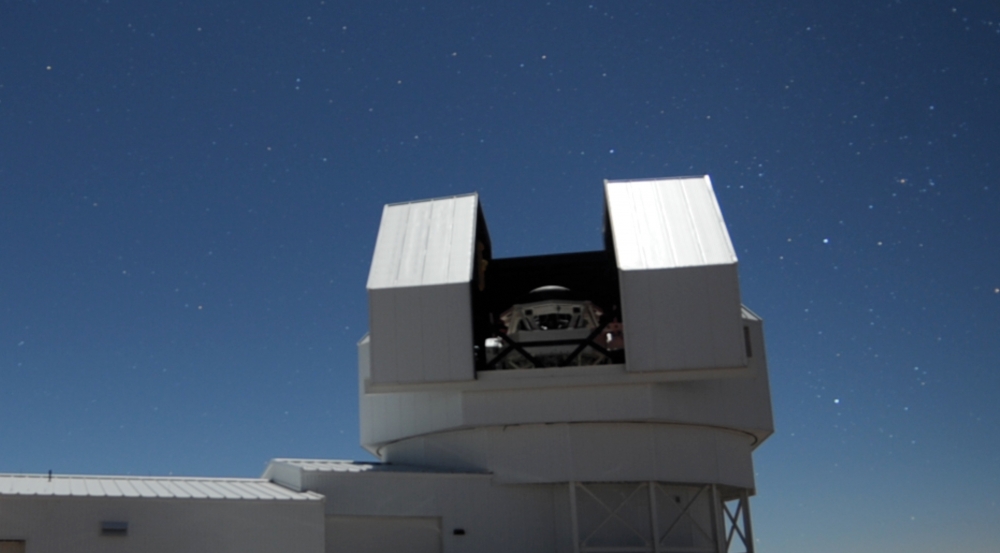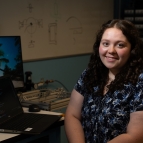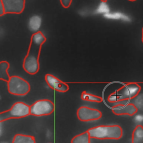Optical Processing Architecture at Lincoln

While the huge amount of data collected daily by advanced optical space surveillance sensors allows the U.S. Air Force to track tens of thousands of objects in space, processing this quantity of data is a demanding computational challenge. To address this challenge, our researchers developed Optical Processing Architecture at Lincoln (OPAL), a software architecture that enables a system to rapidly run algorithms on the volumes of sensor data available for detecting, categorizing, and characterizing space objects. OPAL algorithms determine the best daily operations and schedule for a sensor, perform signal processing of the raw data to detect objects such as stars or satellites, and use these detections to identify the objects from a catalog of known objects. We designed OPAL to handle data processing in a flexible and scalable manner that permits us to continually implement new techniques and utilize additional modern sensors. OPAL is primarily used by analysts at the Space Operations Center at Schriever Air Force Base, but it has been deployed to other Air Force facilities that conduct space surveillance.



